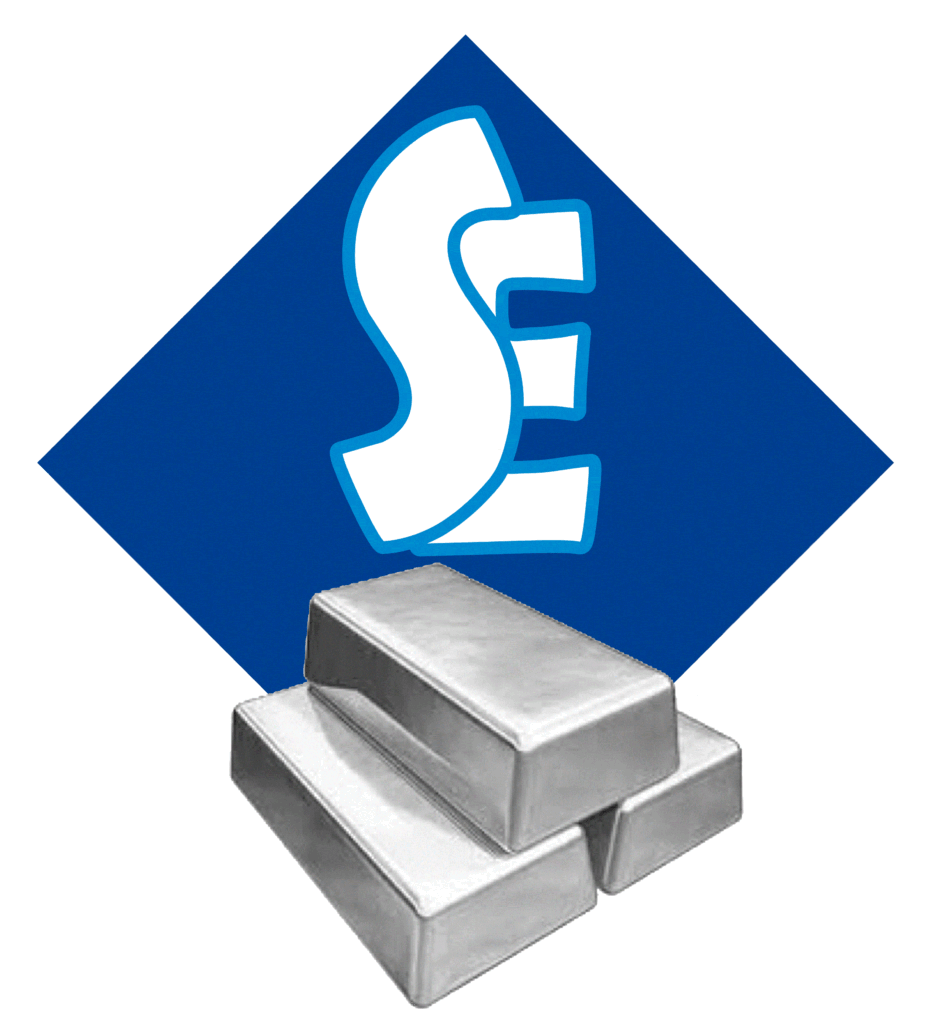Intermediate
Increase Your Knowledge
A balance sheet is a financial statement that provides a snapshot of what a company owns and owes. It reports the company’s assets, liabilities, and shareholder equity. Balance sheet, along with other financial statements, can be used to conduct fundamental analysis and calculate financial ratios.
The income statement shows the company revenues and expenses during a particular period, and is also known as the profit or loss statement. It provides valuable insights into the efficiency of the company’s operations.
A cash flow statement shows the amount of cash and cash equivalents entering and leaving the company during a particular period. It shows how well the company is managing its cash position. The three main components of a cash flow statement are operating activities, investing activities and financing activities.
Net income is calculated as revenues minus expenses, interest, and taxes. It is a useful indicator of how much revenue exceeds the expenses for a company.
Operating margin represents how efficiently a company is able to generate profit through its core operations. It measures how much profit a company makes on a dollar of sales after paying for variable costs of production but before paying interest or tax.
Depreciation is an accounting method used to allocate the cost of an asset over its useful life. It represents how much of the assets value has been used. Two types of depreciation are straight line and double declining balance.
The earnings per share (EPS) is the company’s profit divided by the number of outstanding shares and is an indicator of the company’s profitability.
The price/earnings ratio (P/E) is simply the company’s stock price divided by its EPS. This ratio represents the price the investor pays per unit of earnings.
The quick ratio is the company’s quick assets divided by current liabilities. Quick assets are defined as the very liquid assets which can be converted to cash easily. These are cash, cash equivalents, marketable securities, and net accounts receivable.
The current ratio is the company’s current assets divided by its current liabilities. The current assets listed on the company’s balance sheet include cash, accounts receivable, and inventory among other. Current liabilities include accounts payable, wages, taxes payable, short term debts, and the current portion of long term debt.
Debt ratio is the ratio of total debt to total assets. This can be understood as the proportion of company assets that are financed by debt. A high debt ratio may be indicative of a risk of default.
Liquidity refers to the extent to which the stock market allows assets to be bought or sold at stable, transparent prices. Generally, when the bid-ask spread tightens the market is said to be more liquid and vice versa.
The bid-offer spread, also known as the bid-ask spread, is the amount by which the ask price (the price at which seller is willing to sell) exceeds bid price (the price at which buyer is willing to buy).
Short selling occurs when an investor borrows shares from a broker or another investor, and sells them on the open market hoping to buy the back at a lower price later on. Short sellers profit from a drop in the share price.
A margin call occurs when a margin account runs low on funds, usually because of a losing trade. In a margin call, brokers demand the investor to deposit additional capital to bring the investors account back up to the minimum maintenance margin. If the trader does not deposit funds, the broker may be forced to sell the investors assets to meet the margin call.
A stock split is when a company increases its number of shares to increase liquidity. If a company has 100,000 shares each at PKR 100 and announces a 2 for 1 stock split, this will lead to 200,000 shares each priced at PKR 50.
A primary market is a market where securities that have never been issued are being offered to the public. This is an initial public offering (IPO), also called the primary issue and is therefore a transaction between the issuing company and the investor. A buyer of the initial issue may consider selling the security to another party, and this transaction is done in the secondary market where the outstanding securities are traded amongst investors.

